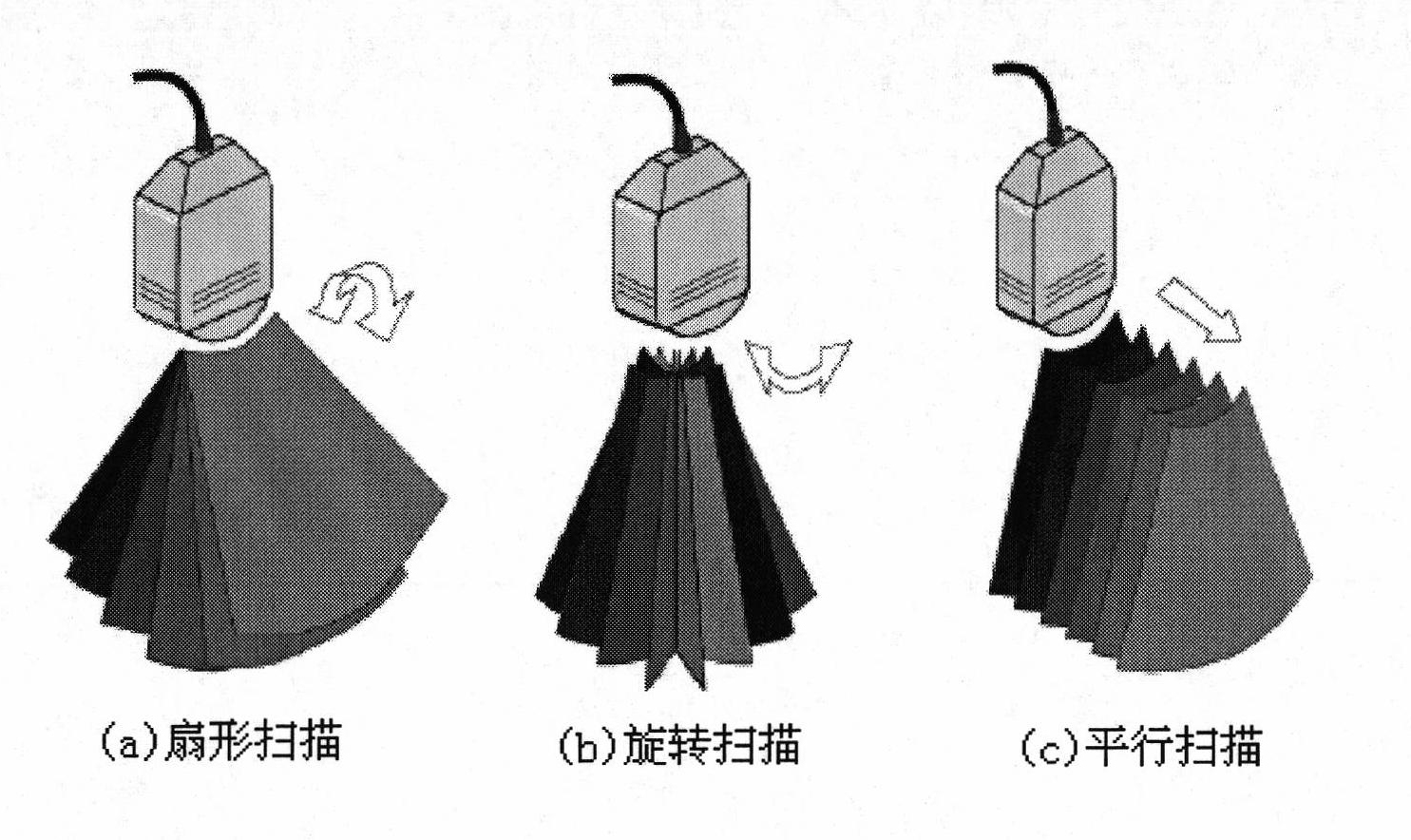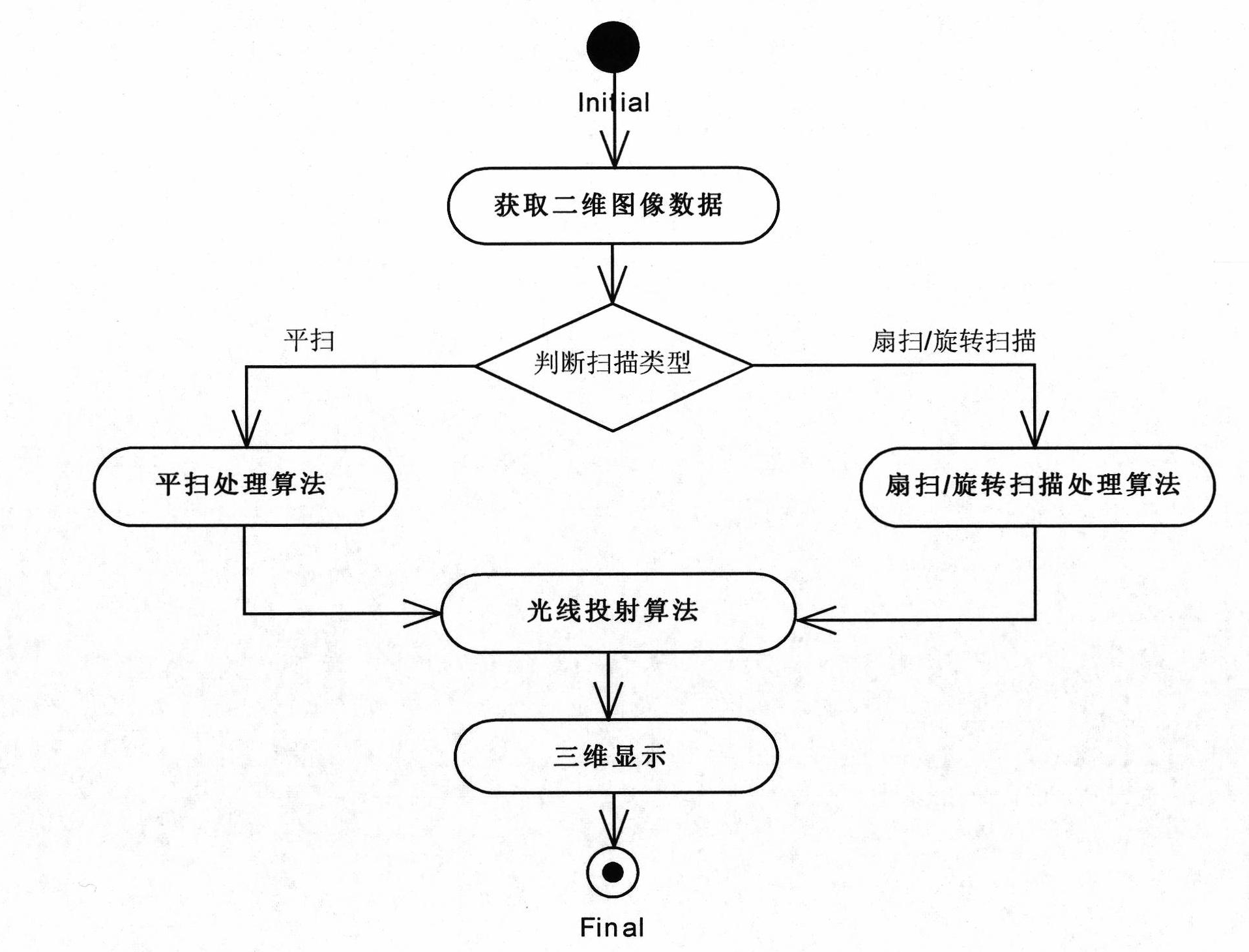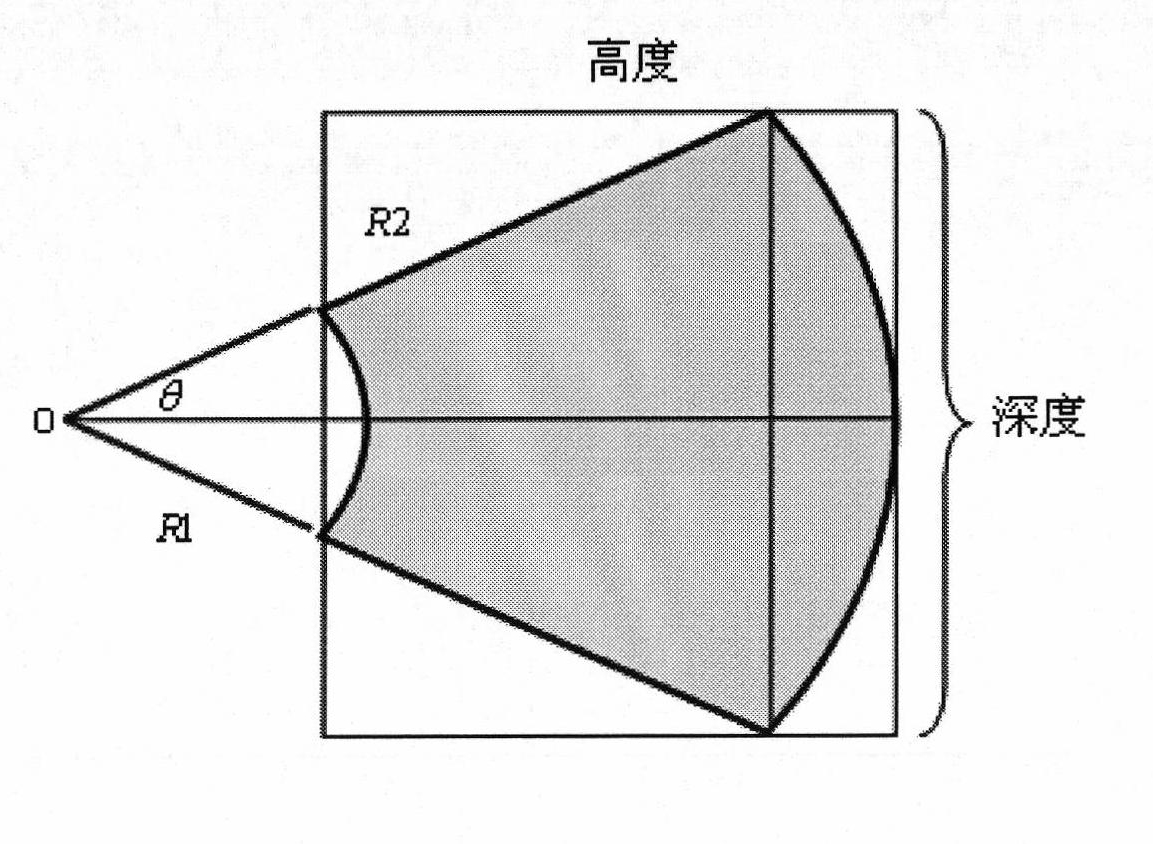Three-dimensional reconstruction method for two-dimensional ultrasonic image
A technology of 3D reconstruction and ultrasound image, which is applied in the field of medical image processing, can solve the problems of poor quality and slow reconstruction speed of 3D image reconstruction, and achieve the effect of improving reconstruction speed, strong sense of reality, and clear reconstruction image
- Summary
- Abstract
- Description
- Claims
- Application Information
AI Technical Summary
Problems solved by technology
Method used
Image
Examples
Embodiment 1
[0057] The present invention proposes a technical scheme for three-dimensional reconstruction of the collected two-dimensional sequence image data, which can achieve According to the requirement of clinical application, at the same time, the synthetic image noise is processed to better display the detailed information of the 3D reconstructed image.
[0058] Such as figure 2 As shown, the three-dimensional reconstruction method of the two-dimensional ultrasonic image of the present invention comprises the following steps:
[0059] Obtain two-dimensional image data through mechanical drive scanning;
[0060] Determine the scan type, if it is a sector scan, use the sector scan processing algorithm to process the two-dimensional image data to generate a regular volume data field;
[0061] The above regular volume data field is used to display a three-dimensional image through a ray casting algorithm based on space volume rendering.
[0062] The present invention uses a mechani...
Embodiment 2
[0087] The difference from Embodiment 1 is that if the scan type is judged to be rotary scanning, then the two-dimensional image data is processed using a rotary scanning processing algorithm to generate a regular volume data field, and the steps include extracting the region of interest and calculating the regular volume data The size of the field, the improved coordinate conversion and interpolation algorithm, and the filtering process. The size of the regular body data field is different from the sector scanning method, specifically:
[0088] Such as Figure 4 As shown in , it is stipulated that the width of the regular volume data field is the width of the ROI data, and the height and depth of the regular volume data field are both twice the height of the ROI data.
Embodiment 3
[0090] The difference with Embodiment 1 or 2 is that: if the scan type is judged to be parallel scan, a parallel scan processing algorithm is used to process the two-dimensional image data to generate a regular volume data field, and the steps include: extracting the region of interest, calculating The size of the regular volume data field, the conversion of the pixel point data in the 2D image to the 3D volume data, and the filtering process. The calculation of the size of the regular volume data field is different from the sector scanning and rotation scanning methods, specifically: specifying the region of interest The width and height of the data are the width and height of the regular body data field, and the depth of the regular body data field, that is, the length in the Z direction, is taken as the ratio of the scanning length of the plain scan to the scanning time;
[0091] Such as Figure 12 As shown, the data of the region of interest is placed in the regular volume...
PUM
 Login to View More
Login to View More Abstract
Description
Claims
Application Information
 Login to View More
Login to View More - R&D
- Intellectual Property
- Life Sciences
- Materials
- Tech Scout
- Unparalleled Data Quality
- Higher Quality Content
- 60% Fewer Hallucinations
Browse by: Latest US Patents, China's latest patents, Technical Efficacy Thesaurus, Application Domain, Technology Topic, Popular Technical Reports.
© 2025 PatSnap. All rights reserved.Legal|Privacy policy|Modern Slavery Act Transparency Statement|Sitemap|About US| Contact US: help@patsnap.com



